
Healthcare
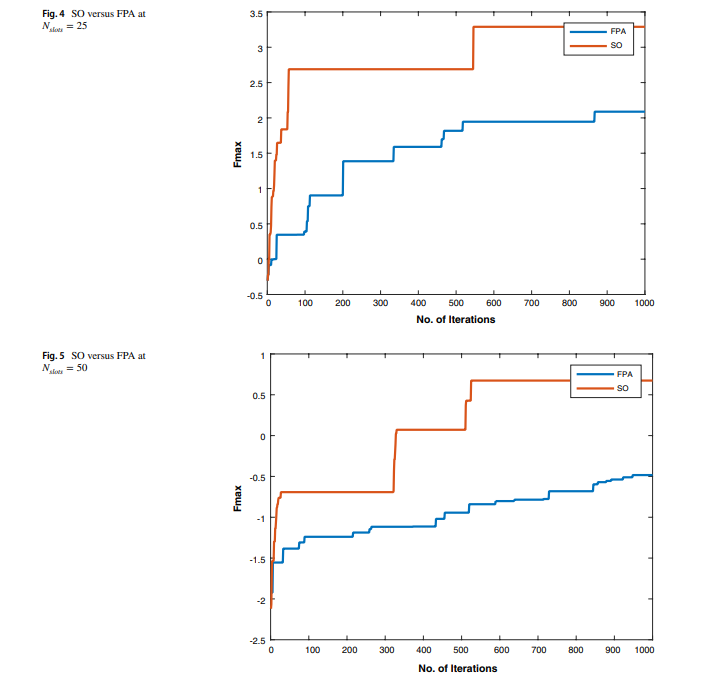
A power-aware task scheduler for energy harvesting-based wearable biomedical systems using snake optimizer
There is an increasing interest in energy harvesting for wearable biomedical devices. This requires power conservation and management to ensure long-term and steady operation. Hence, task scheduling algorithms will be used throughout this work to provide a reliable solution to minimize energy consumption while considering the system operation constraints. This study proposes a novel power-aware task scheduler to manage system operations. For example, we used the scheduler to handle system operations, including heart rate and temperature sensors. Two optimization techniques have been used to
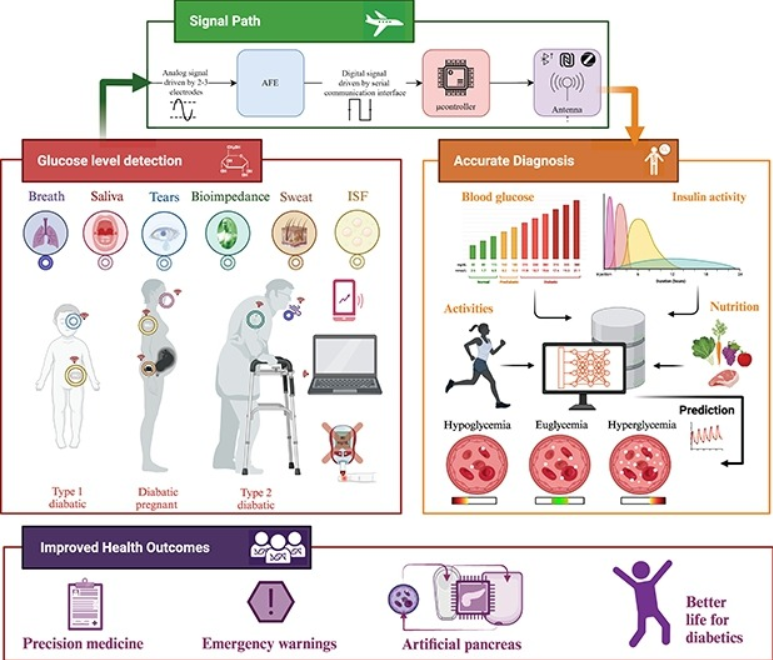
Wearable devices for glucose monitoring: A review of state-of-the-art technologies and emerging trends
Diabetes is a chronic condition that is characterized by high blood glucose levels and can cause damage to multiple organs over time. Continuous monitoring of glucose levels is essential for both diabetic and non-diabetic individuals. There have been major developments in glucose monitoring technology over the past decade, which have been driven by research and industry efforts. Despite these significant advancements, the area of glucose biosensors still faces significant challenges. This paper presents a comprehensive summary of the latest glucose monitoring technologies, including invasive
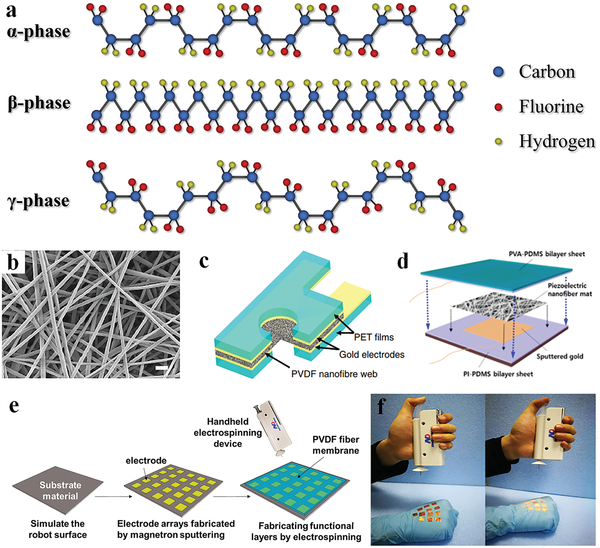
Improvement of piezoresistive pressure sensor using zig-zag shaped and PVDF material
Due to a wide range of applications in the biomedical industry, the need for flexible and wearable sensors is growing every day. A pressure sensor generates a signal based on the applied pressure. Sensors have become an integral component of our daily lives, from personal gadgets to industrial machinery. The identification of the low signal from the body necessitates the use of particularly sensitive sensors. The development of a pressure sensor that can transform the maximum input signal into an electrical output is critical. In this paper, zig-zag piezoresistors on a square diaphragm were
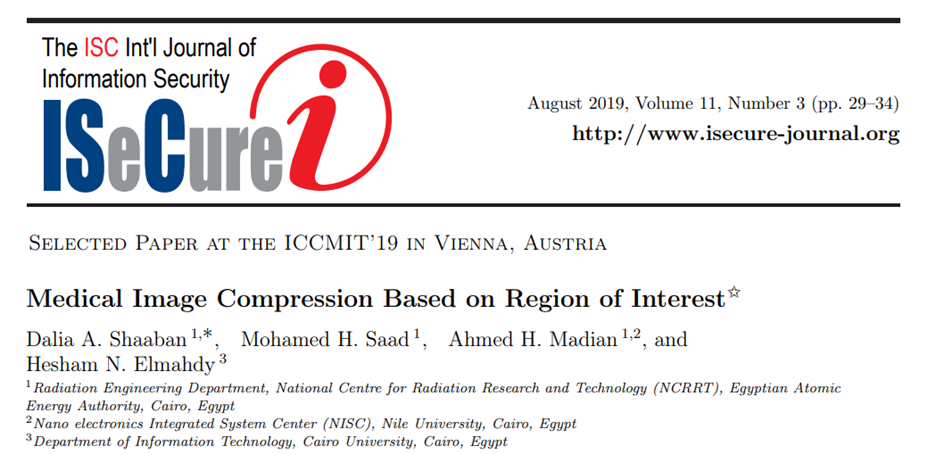
Medical Image Compression Based on Region of Interest
Medical images show a great interest since it is needed in various medical applications. In order to decrease the size of medical images which are needed to be transmitted in a faster way; Region of Interest (ROI) and hybrid lossless compression techniques are applied on medical images to be compressed without losing important data. In this paper, a proposed model will be presented and assessed based on size of the image, the Peak Signal to Noise Ratio (PSNR), and the time that is required to compress and reconstruct the original image. The major objective of the proposed model is to minimize
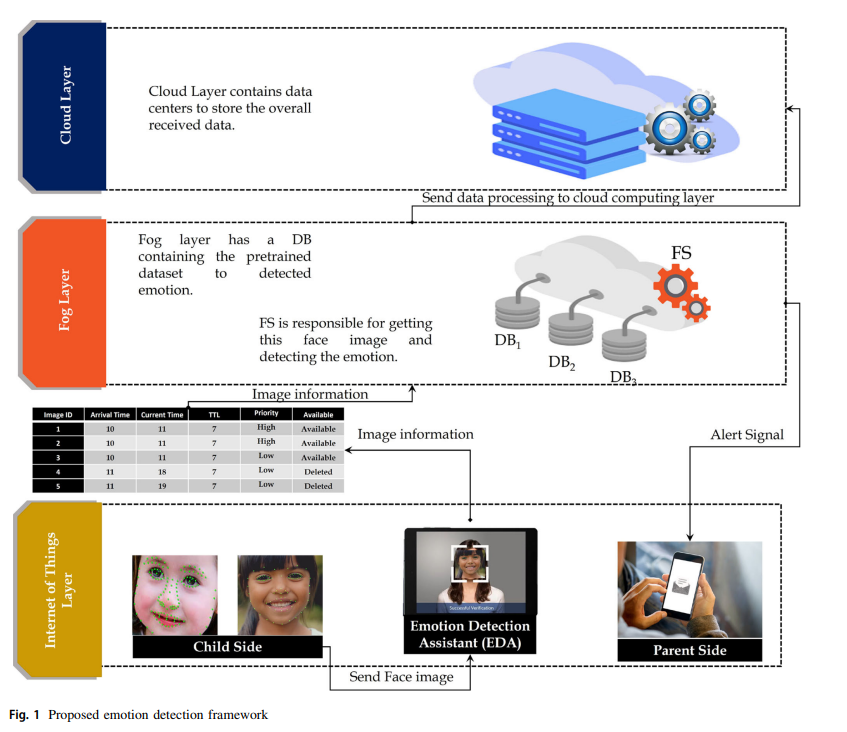
Real-time facial emotion recognition model based on kernel autoencoder and convolutional neural network for autism children
Autism Spectrum Disorder (ASD) is a neurodevelopmental disorder that is characterized by abnormalities in the brain, leading to difficulties in social interaction and communication, as well as learning and attention. Early diagnosis of ASD is challenging as it mainly relies on detecting abnormalities in brain function, which may not be evident in the early stages of the disorder. Facial expression analysis has shown promise as an alternative and efficient solution for early diagnosis of ASD, as children with ASD often exhibit distinctive patterns that differentiate them from typically

Modified Blowfish Algorithm Based on Improved Lorenz Attractor
Image security becomes important topic because of increasing image usage in communication besides assures information security which is unseen in these images such as military and medical images. Blowfish is a superb symmetric cryptography that ensures a high degree of resistance to attacks. The proposed system modifies Blowfish algorithm by substituting the function in blowfish round with light weight function to save memory and resources of the platforms and Using 3-D chaotic system (Improved Lorenz) that work as a key timetable for creating Blowfish sub keys in order to increasing

An Optimized Non-Invasive Blood Glucose and Temperature Body Measurement System
Diabetes is a disease in which the body does not adequately process food for energy production. Most of the food we consume is converted into glucose, or sugar, which our bodies use for energy. Moreover, the pancreas, which is an organ located near the stomach, produces insulin, a hormone that aids in the transport of glucose into our bodies' cells. Diabetes occurs when your body either does not produce enough insulin or does not use its own insulin the way it is supposed to. Sugars accumulate in your blood as a result of this. This is why diabetes is often referred to as "sugar". People with
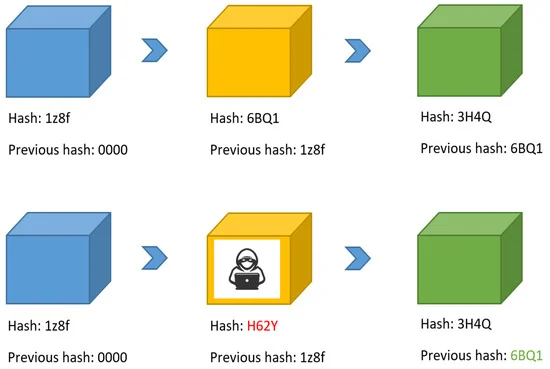
Smart Automotive Diagnostic and Performance Analysis Using Blockchain Technology
The automotive industry currently is seeking to increase remote connectivity to a vehicle, which creates a high demand to implement a secure way of connecting vehicles, as well as verifying and storing their data in a trusted way. Furthermore, much information must be leaked in order to correctly diagnose the vehicle and determine when or how to remotely update it. In this context, we propose a Blockchain-based, fully automated remote vehicle diagnosis system. The proposed system provides a secure and trusted way of storing and verifying vehicle data and analyzing their performance in
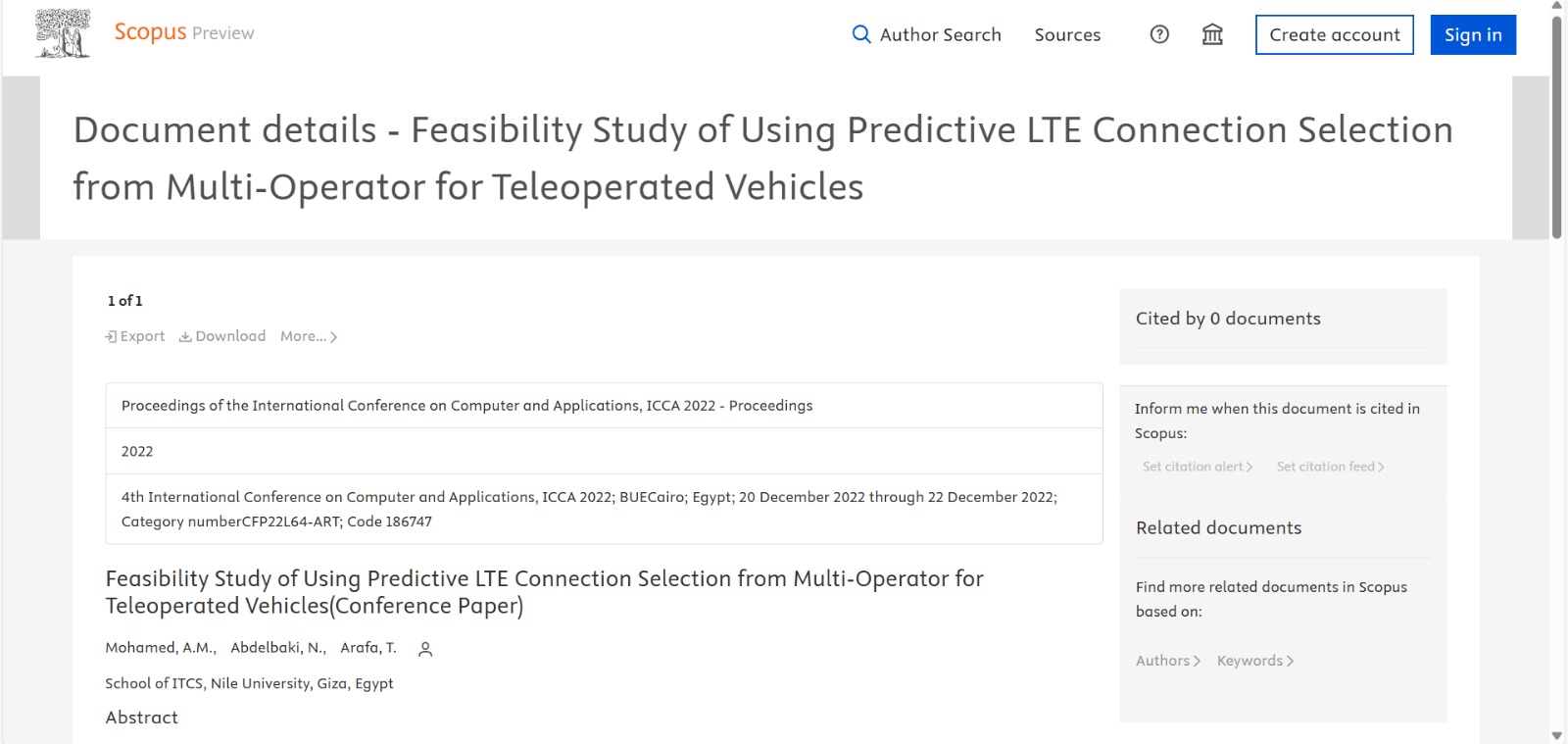
Feasibility Study of Using Predictive LTE Connection Selection from Multi-Operator for Teleoperated Vehicles
Service depending on good connection is growing and so its sensitivity, like Advanced Driver-Assistance System (ADAS). ADAS is the most common technological feature in the modern car, and the hope to reach a dependable anonymous car is the ultimate target. We (From end user and manufacture perspectives) are evaluating Teleoperated Driving as the most promising achievable feature to support emerging needs for traffic headache avoidance and health & safety cautions, with human to human sense & interaction proven to be better than Human to Machine in handling (Human driving vs. Machine driving)
Blockchain Application on Big Data Security
In recent years, advances in technology in several industries have resulted in massive data collections on the web. It raises worries about large data security and protection. The advent of Blockchain technology has caused a revolution in the security field for different applications. The distributed ledger is stored on each Blockchain node, which enhances security and data transparency. On the Blockchain network, illegal users are not authorized to undertake any fault transactions. In this article, we will discuss how Blockchain may be employed to secure the big data. We explain the problems